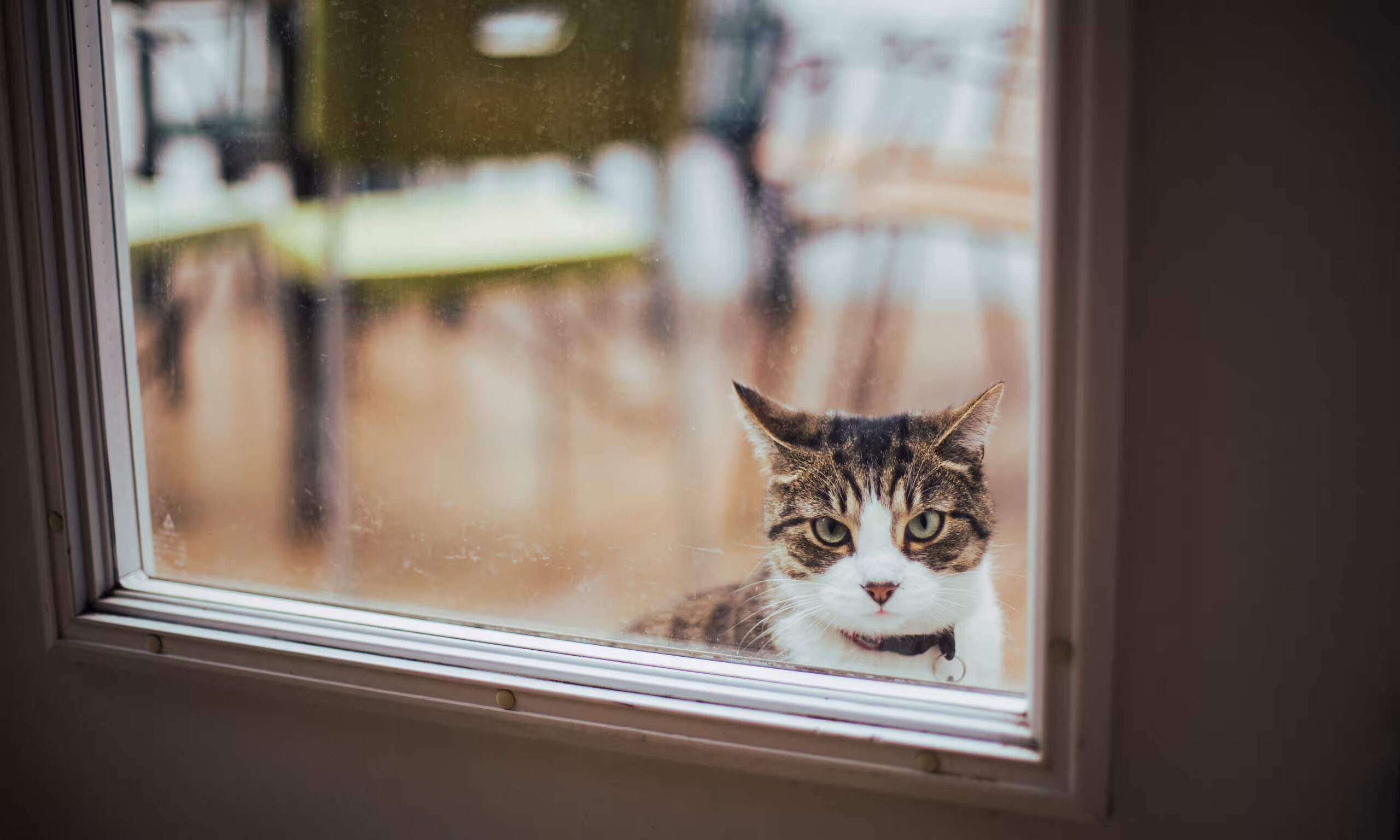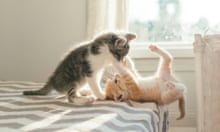–
The thieves went for particular items. Day after day, they roamed the neighborhood and returned home to dump their loot. Before long they had amassed an impressive haul: socks, underpants, a baby’s cardigan, gloves and yet more socks.
It’s not unusual for cats to bring in dead or petrified mice and birds, but turning up with random objects is harder to explain. Researchers suspect a number of causes, but tend to agree on one point: the pilfered items are not presents.
“We are not sure why cats behave like this,” says Auke-Florian Hiemstra, a biologist at the Naturalis Biodiversity Center, a museum in Leiden. “All around the world there are cats doing this, yet it has never been studied.” He now hopes that will change.
The clothing crime spree, perpetrated this year by a mother and her two offspring in the small town of Frigiliana in Spain, has made neighborly interactions somewhat awkward for their keeper, Rachel Womack. But for scientists such as Hiemstra, it has provided fresh impetus to study the animals. “I want to know exactly why they do it,” he says. “And documenting cases like this could be the start of more research in the future.”

Daisy, Dora and Manchita can turn up with more than 100 items a month. Photograph: Rachel Womack
–
Hiemstra heard of the klepto-cats from the Dutch visual artist Anne Geene, a friend of Womack’s who mentioned the cats’ antics. Intrigued, Geene flew to Spain to photograph the haul for a book, Low Hanging Fruit. Hiemstra, who studies the contested ground where animals and humans collide, wrote an introduction, noting: “This is their collection, their criminal record. But why would a cat collect such trophies?”
More pressing for Womack is how to return the stolen stuff. Daisy, Dora and Manchita can bring in more than 100 items a month. One recent arrival was a little stuffed bear. Before that, a baby’s shoe. Returning the items, without knowing the rightful owners, isn’t proving easy. “She’s just annoyed,” says Geene. “There are so many, she doesn’t know how to give them back.”
The Frigiliana three are repeat offenders, but they are not the only cats to be rumbled. Charlie, a rescue cat from Bristol, was dubbed the most prolific cat burglar in Britain after bringing home plastic toys, clothes pegs, a rubber duck, glasses and cutlery. His owner, Alice Bigge, once woke to a plastic diplodocus, one of many nabbed from a nearby nursery, next to her head on the pillow. It reminded her of the infamous scene in The Godfather. She puts the items on a wall outside for owners to reclaim.
Another cat, Dusty from San Mateo in California, had more than 600 known thefts, once returning with 11 items on one night. His haul included Crocs, a baseball cap and a pair of swimming trunks. The bra found in the house was fortunately spotted on a video of Dusty coming in. In a feat of accidental social commentary, another cat, Cleo from Texas, came home with a computer mouse.
In a brainstorming session, Hiemstra and Dr Claudia Vinke, a behavioral biologist at Utrecht University, hit on a few drivers that might feed the cats’ antics. They could be seeking attention or wanting to play; extending their foraging and hunting behavior, just as cats bring animals to the home; or want to remove particularly smelly items, such as well-worn socks, or freshly washed ones reeking of detergent, from patches of territory.
Cats have small stomachs and tend to bring prey to the center of their territory to feed on when they are hungry. The same instinct might lead them to bring objects home where the reaction they receive encourages the habit. “When you pay attention to the cat, you are reinforcing the behavior,” Vinke says.
Dennis Turner, a private faculty member at the University of Zurich, believes attention is key, but adds that cats are drawn to some woolen and plastic items because they contain lanolin. To break the habit, he recommends leaving the room silently when the cat drags something in, and throwing the object out when [the cat] has moved on.
“Animals, including humans, respond to very simple stimuli,” says Daniel Mills, a professor of veterinary behavioral medicine at the University of Lincoln. “Something blowing in the wind might trigger hunting behavior. Having ‘caught’ some weird items, cats may well decide to bring them back. I don’t think they’re thinking of them as gifts. It’s the simple rules of life that the cat brain operates to.”
Jemma Forman, a doctoral researcher at the University of Sussex who has studied cats playing fetch, agrees that the pets do not come bearing gifts. She says: “When it comes to cats, normally the explanation is they’re doing it for themselves.”
–
Explore more on these topics
Most viewed
- –
- –
- –
- –
- –
Related stories
- –
Most viewed






















